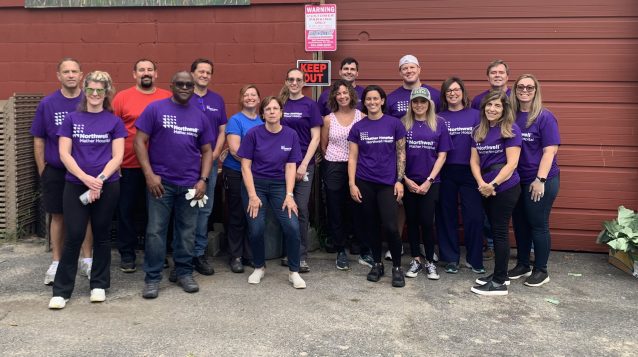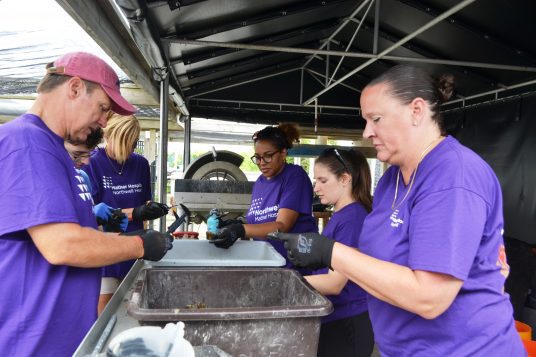Joshua P. Bozek, DO, has been appointed Chief Medical Officer at Catholic Health’s St. Catherine of Siena Hospital in Smithtown. Additionally, Karen T. Fasano, DNP, MBA, MSN, RN, NEA-BC, has been named Chief Nursing Officer (CNO) for the hospital and will also serve in a system role as Vice President of Nursing Patient Experience for Catholic Health.
“We are very fortunate to have Dr. Bozek and Ms. Fasano as part of St. Catherine’s executive leadership team,” said St. Catherine of Siena Hospital President Declan Doyle. “I am confident that both Dr. Bozek and Ms. Fasano will further enhance our hospital’s mission in providing the highest quality of care to our patients.”

Dr. Bozek has a long-standing relationship with Catholic Health, having served as Systems Medical Director overseeing the Emergency Departments at St. Catherine’s and St. Charles Hospital in Port Jefferson. In his new role, he will ensure highest standard for quality care, timeliness and appropriateness; provide clinical oversights for all performance improvement, utilization management and quality management activities; collaborate with senior management to develop new clinical programs; ensure compliance with accreditation and regulatory standards; develop a comprehensive physician recruitment and retention strategy; and educate, supervise and monitor performance of the medical staff.
Through Dr. Bozek’s prior affiliation with Alteon Health/USACS, he oversaw four hospital emergency departments including St. Catherine of Siena Hospital, St. Charles Hospital, St. John’s Episcopal Hospital Health System, and Bayshore Medical Center. In addition, he oversaw the Hospitalist Program at Bayshore Medical Center and the House PA Program at St. Charles Hospital. During his 12 years at St. Catherine’s, Dr. Bozek held numerous roles including Chairman and Associate Director of the Emergency Department, as well as Director of Quality Assurance and Performance Improvement. Dr. Bozek was pivotal in the development and implementation of the first St. Francis Heart Center’s Chest Pain Unit at St. Catherine’s, serving as the Director for the past three years. Dr. Bozek’s career as an RN, having worked in both Medical Surgical Unit and the ICU, will also give him a unique outlook on how he can best serve St. Catherine in his new role.

A renowned leader in the nursing field, Ms. Fasano has over 30 years of healthcare experience. In her new role as St. Catherine’s CNO, Ms. Fasano will oversee the hospital’s nursing care to patients that is in keeping with the hospital’s mission, vision and values. Ms. Fasano will also collaborate with the hospital’s executive and clinical leadership teams to develop mechanisms to ensure seamless integrated patient care systems; develop, implement and continuously evaluate programs to promote recruitment, retention and continuing education of nursing staff members; and, collaborate with nursing leadership from various clinical areas, to determine staffing requirements to effectively deliver the highest quality of nursing care to patients.
As Catholic Health’s Vice President, Nursing Experience, Ms. Fasano will be responsible for fostering a culture of empathy and responsiveness among nursing staff. In addition, she will have a key role in creating an environment where exceptional care and positive patient experiences are paramount.
Prior to joining Catholic Health, Ms. Fasano served for the past six years, as Vice President of Patient Care Services at Central Region Hartford Healthcare, overseeing over 1,600 full-time employees between three campuses. She also served as Director of Clinical Operations for the Hospital of Central Connecticut and was accountable for the efficient operations of inpatient nursing and respiratory units between two campuses. Earlier in Ms. Fasano’s career, she was appointed as Bristol Hospital’s Operations Manager for the intensive care unit and respiratory therapy and a year later, was promoted to Director of Clinical Operations. At other healthcare facilities in Connecticut, Ms. Fasano also held numerous roles as Director of the Cancer Service Line; Nursing Supervisor; Nursing Manager; and, Nursing Instructor.







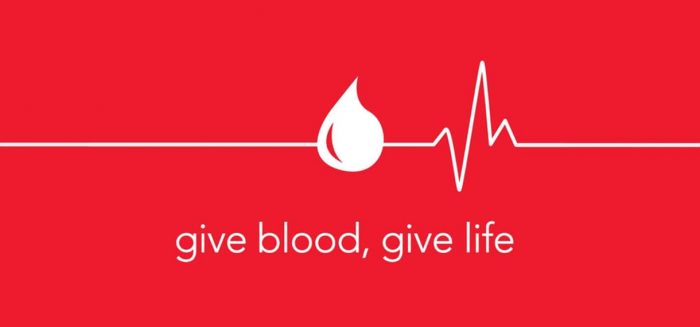

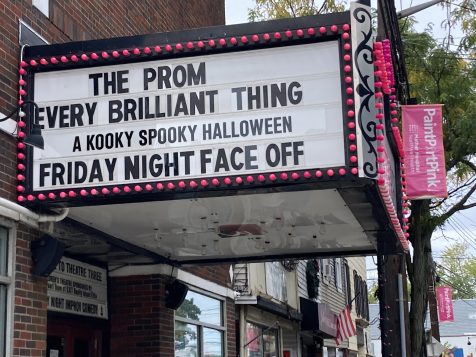

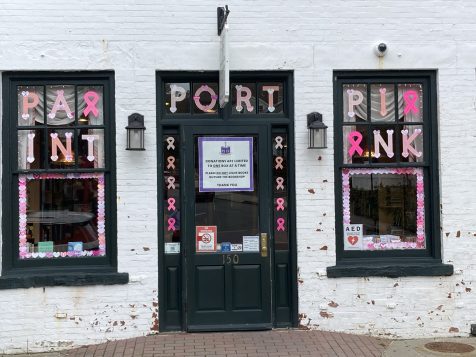
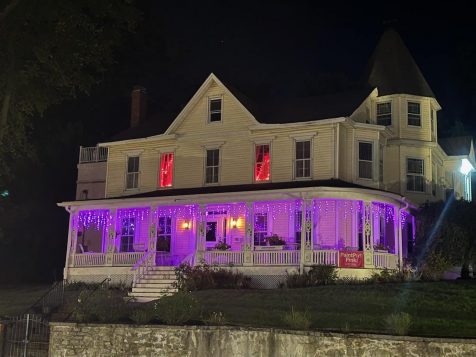

 Stony Brook Cancer Center’s CancerWise Café returns to SBU’s Charles B. Wang Center, 100 Nicolls Road, Stony Brook on Saturday, Sept. 28 from 8:30 a.m. to 4 p.m.
Stony Brook Cancer Center’s CancerWise Café returns to SBU’s Charles B. Wang Center, 100 Nicolls Road, Stony Brook on Saturday, Sept. 28 from 8:30 a.m. to 4 p.m.



